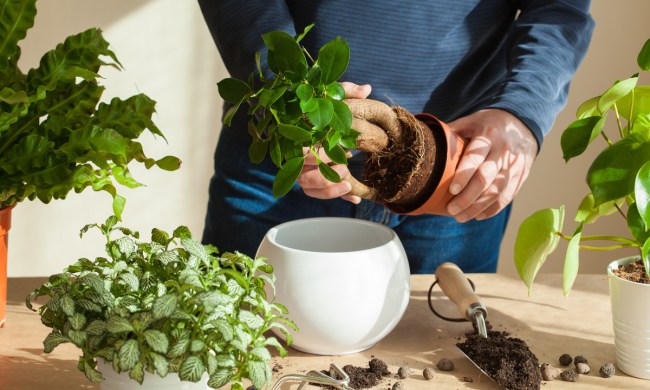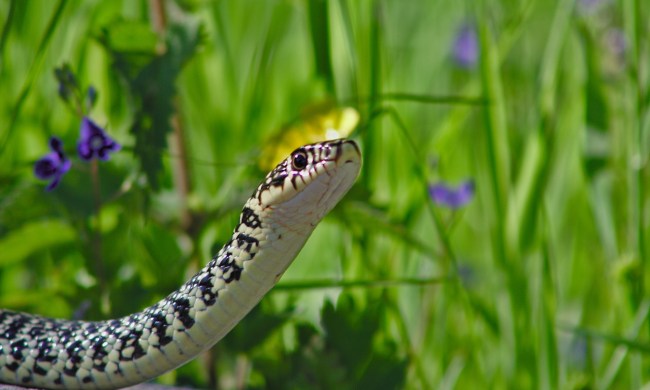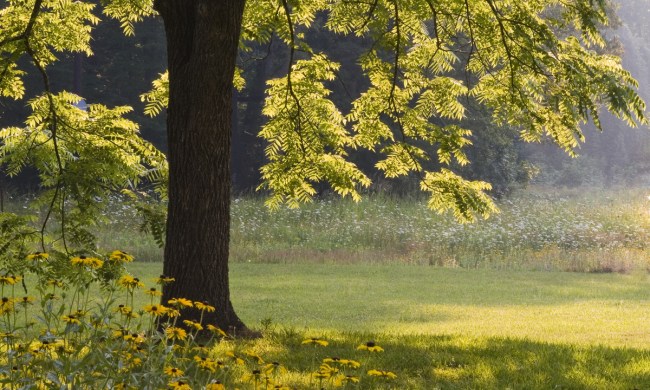Are you a gardener who lives in climate zone 9? You’re in luck. Marked by relatively warm weather throughout the year, this southernmost region of the United States typically offers agreeable conditions for a wide variety of plants. Though temperatures might drop during the fall and winter, zone 9 isn’t an area where frost damage is as serious of a concern. If you live in zone 9 and want to learn more about your growing conditions, read ahead.
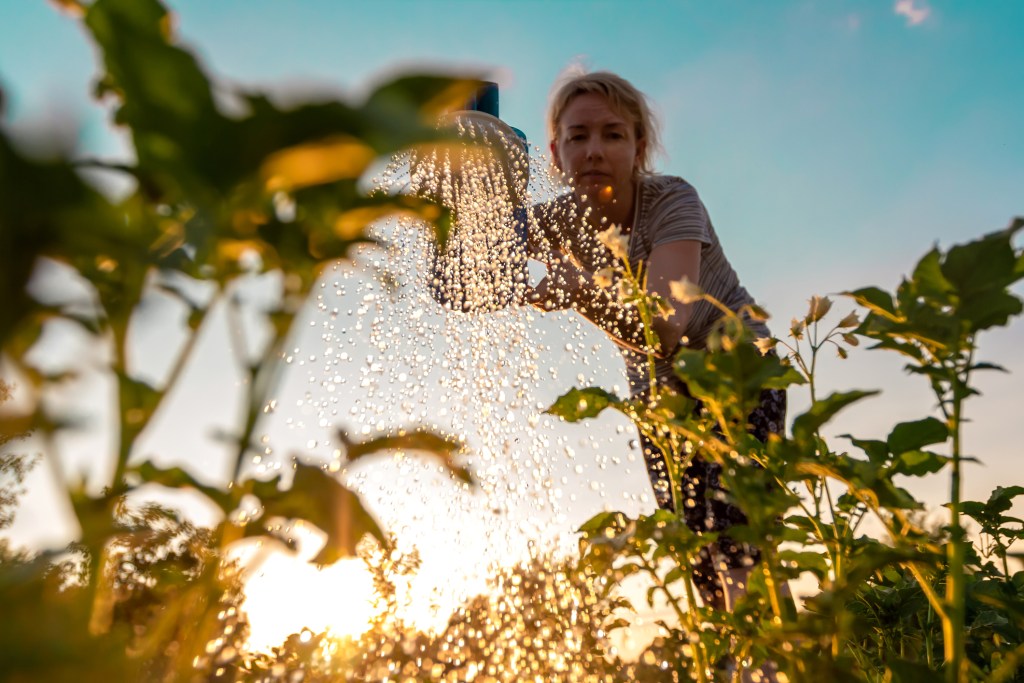
Where is climate zone 9?
Before we dive deep into climate zone 9 and all of the plants that thrive in it, let’s break down what a climate zone is. With the USDA Plant Hardiness Zone Map, the United States Department of Agriculture divided the country into 13 different regions based on annual minimum temperature ranges. When you buy a plant, you may notice that it includes zone hardiness ranges on its label. The hardiness zone range tells you whether or not a plant will be perennial to an area. A perennial can potentially have more than one growing season in a region, while an annual will typically go to seed after one season. Zones range from 1 to 13, with 1 generally being the coldest and 13 the warmest. Temperature doesn’t account for microclimates and other nuances in an area, but it is a roughly reliable gauge for whether or not a plant will make it in your region.
Given that it’s part of the higher range on the map, Zone 9 is relatively warm. It stretches across the southernmost part of the country, encompassing 15 different states from California to Florida. Minimum temperatures in zone 9 typically range anywhere from 20 to 30 degrees Fahrenheit. Inhabitants of zone 9 enjoy long, hot summers with brief, mild winters.
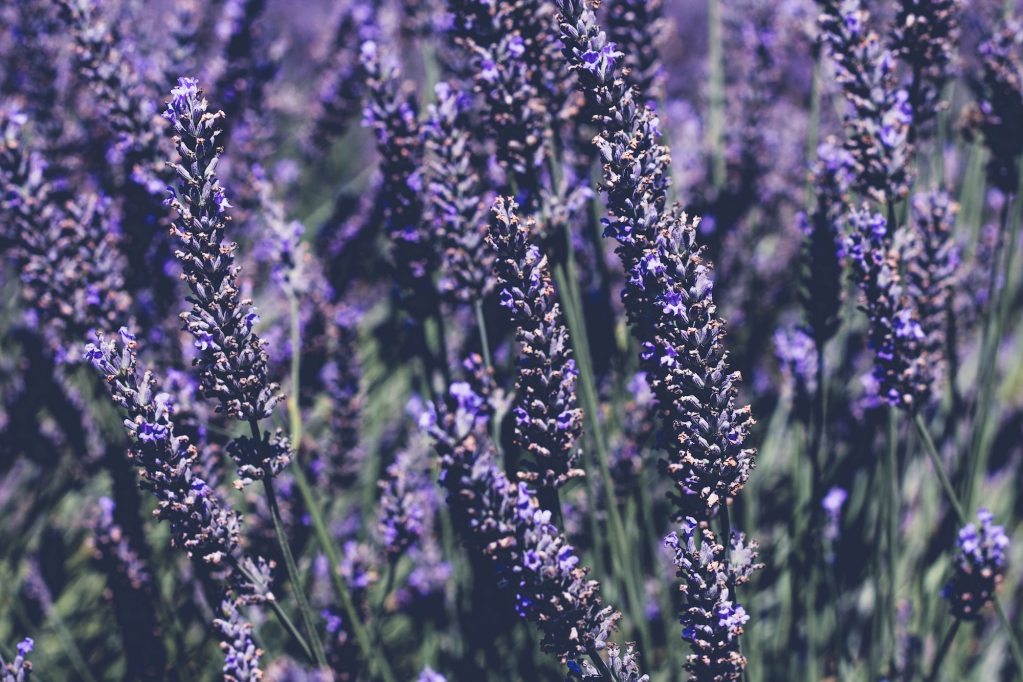
Zone 9 flowers and foliage
Because zone 9 is warm, it can accommodate a wide range of flowers and foliage plants. After your plants bloom in late winter and spring, you’ll want to provide them with partial shade if you get intense bright light during the summer. When choosing flowers, keep in mind ones that can tolerate a fair amount of warmth and sunlight. Yarrow, honeysuckle, lavender, California poppies, and butterfly plants can all do well in zone 9.
As for foliage, consider bringing succulents into your warm zone 9 plant collection. Sedums and hens and chicks, for example, add interesting textures into your landscape for a water-smart garden. Foliage plants with thinner leaves, such as hostas, can also thrive in zone 9, given that they receive sufficient shade during the summer.
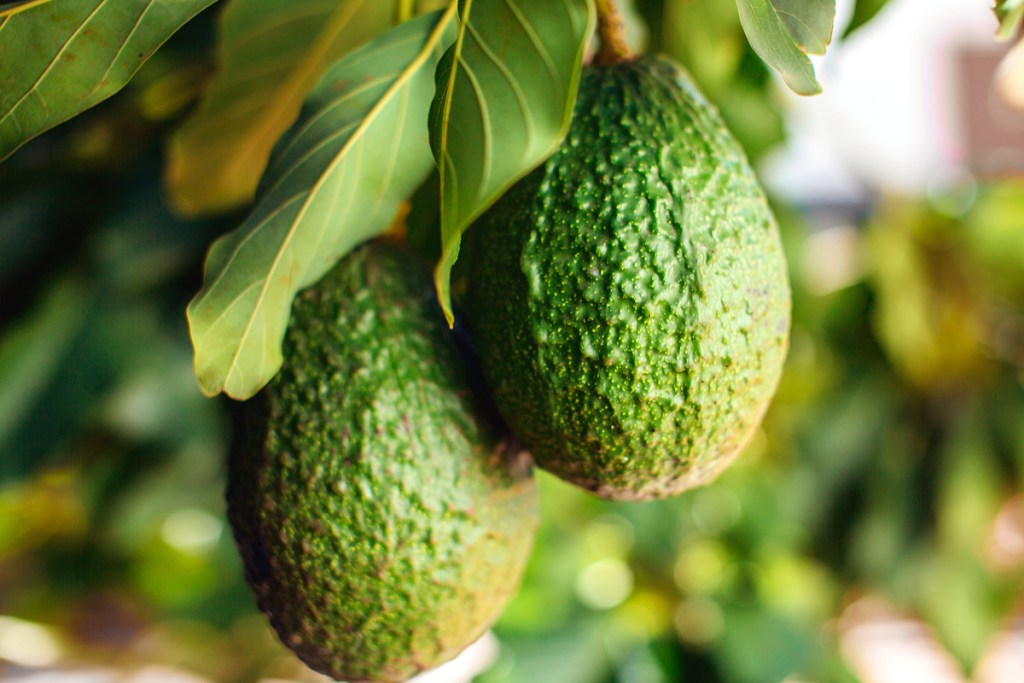
Zone 9 fruit trees
The long, hot summers and mild winters in zone 9 make it an ideal spot for growing fruit. Usually, there’s just enough of a cold period for blooms to form, and the bright sunlight supplies plants with energy to produce fruit. While chill requirements for blooms can be a challenge for some fruit trees in warm zone 9, you can get around this by researching the appropriate varieties for your garden. Peaches, pears, and cherries require a prolonged cooling period, but many varieties work in zone 9. Typically, local nurseries will stock up on appropriate fruit trees for your region, so check a nearby garden center to see your options. Fruits that can flourish in zone 9 include avocados, oranges, pomelos, kiwis, and more. In general, zone 9 is great for citrus plants since they do better in consistently warmer conditions.
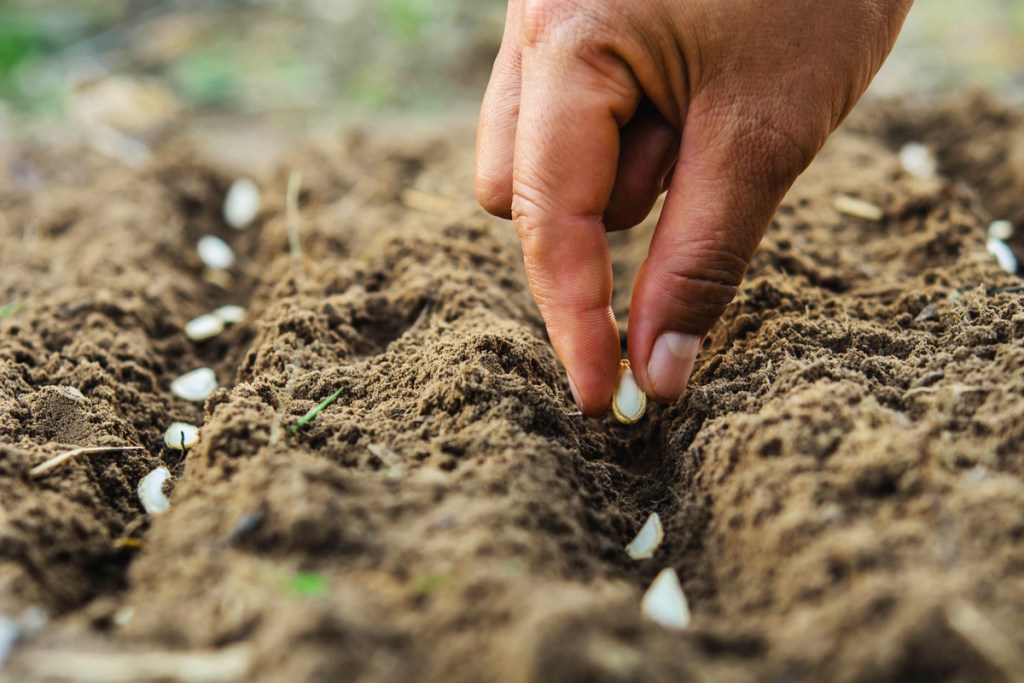
Zone 9 vegetables
The frost-free period in zone 9 can stretch throughout much of the year, generally from February to November. You can start seedlings indoors a few weeks before the last frost, then transplant them outdoors during spring. In general, however, you can keep your herbs and vegetables outside most of the year with supplemental row covers, greenhouse setups, and frost blankets. Though zone 9 features an extensive growing season, keep in mind that its summers can be hot. Some vegetables won’t acclimate to hot weather, so plan your crops accordingly. Plants that thrive during the peak of summer, for example, include peppers and okra. As the weather cools down, you can grow more tender vegetables, such as cabbage, spinach, and leafy greens.
When it comes to gardening in Zone 9, the possibilities are vast. Its warmth makes it agreeable with many flowers, foliage plants, fruit trees, and vegetables. In the summer, it’s a good idea to give your plants shade and plan your crops, as the heat can overwhelm some plants. With fruit trees, you’ll also want to do your research about what plants can work in your area, given that specific trees need a chilling period to bloom. As long as you put in the effort to protect your plants and find suitable varieties, you’ll be on your way to a flourishing zone 9 garden!

